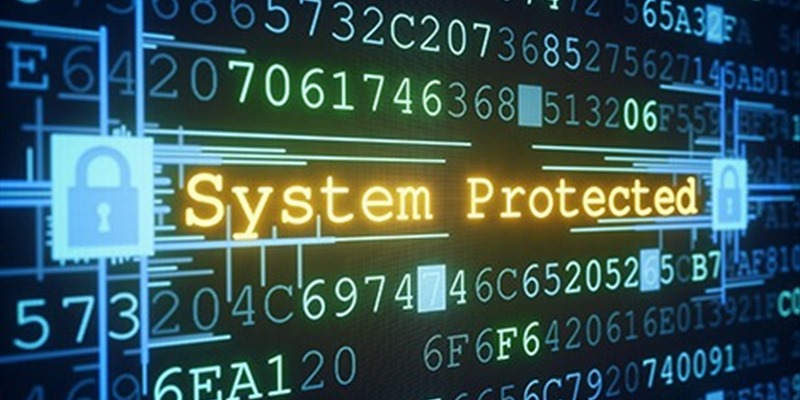We are living in a new age, where businesses make regular use of a range of tools and strategies that run on smartphones, tablets, internet-of-things (IoT) sensors, bring-your-own-device (BYOD) programs and more. People can access corporate data and perform work tasks using any of these endpoints, and IT departments are tasked with keeping track of and monitoring all of them — including those that weren’t even issued by the organization.
While employees are often much more productive and satisfied thanks to these tools, the proliferation of mobile and personal devices that can attach to the network only adds to the challenges that IT departments must address when it comes to endpoint security.
According to the Ponemon Institute 2018 State of Endpoint Security Risk, 63 percent of IT security professionals say the frequency of attacks against endpoints has increased over the past 12 months and 64 percent say their organization has experienced one or more endpoint attacks that successfully compromised data assets and/or IT infrastructure. This report also says the cost of successful attacks has increased from an average of $5 million to $7.1 million, including loss of IT and end-user productivity and theft of information.
Compromised endpoint devices can lead to network downtime, data loss, breached customer information and compliance violations. Companies may face fines, reduced client confidence in the business and a falloff in revenue, not to mention heavy remediation costs.
Taking a unified approach to endpoint protection can help organizations avoid all that. Digital tools can automate patching and software deployments, help IT admins track mobile devices and manage them remotely, simplify image deployment, streamline and protect OS migrations, and restrict access to USB ports — all of which helps tighten security on the wide range of devices out there helping people get their work done.
By employing unified protection to their entire endpoint landscape, IT teams can free up time and resources for more strategic endeavors that make use of all these great new technologies. Want to learn more? We recently hosted a webcast detailing some of the steps IT managers can take to help streamline device management and battle increasingly tough cybercrime. Watch the on-demand webcast to see how the Quest unified endpoint management (UEM) solution — including the KACE Systems Management Appliance (SMA), KACE Systems Deployment Appliance (SDA), KACE Cloud Mobile Device Manager (MDM) and KACE Desktop Authority Management Suite — provides an all-inclusive endpoint management solution that is truly worth its weight.
Read this white paper to get a breakdown of how Quest UEM offers a single solution for all your endpoint security challenges.



